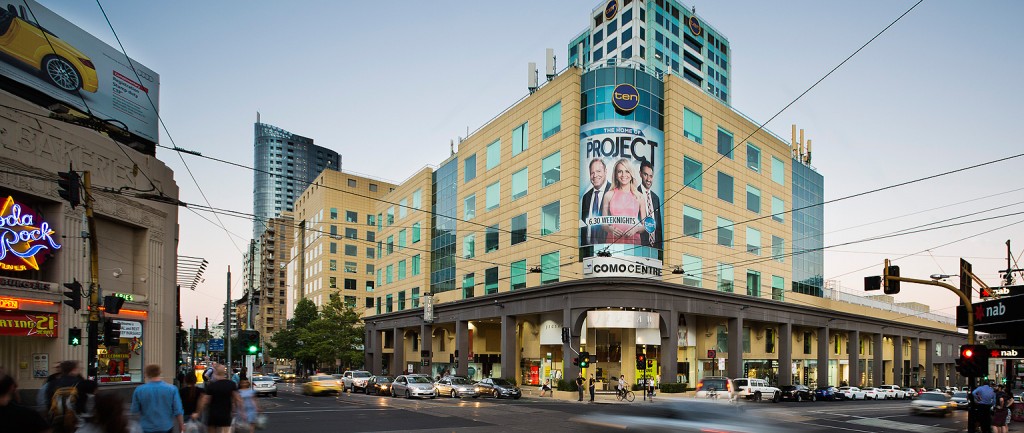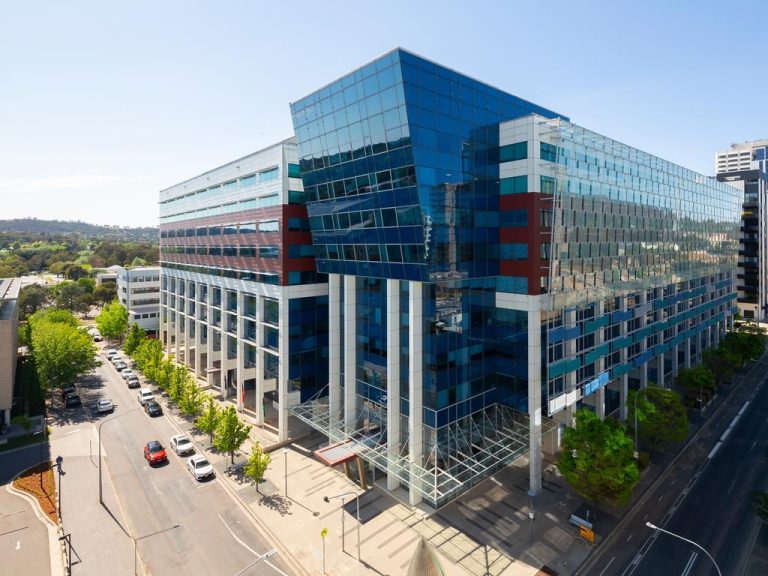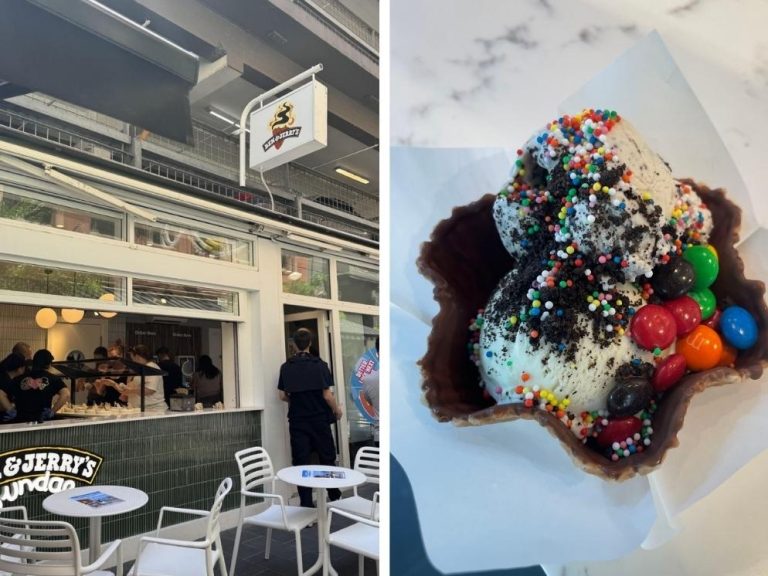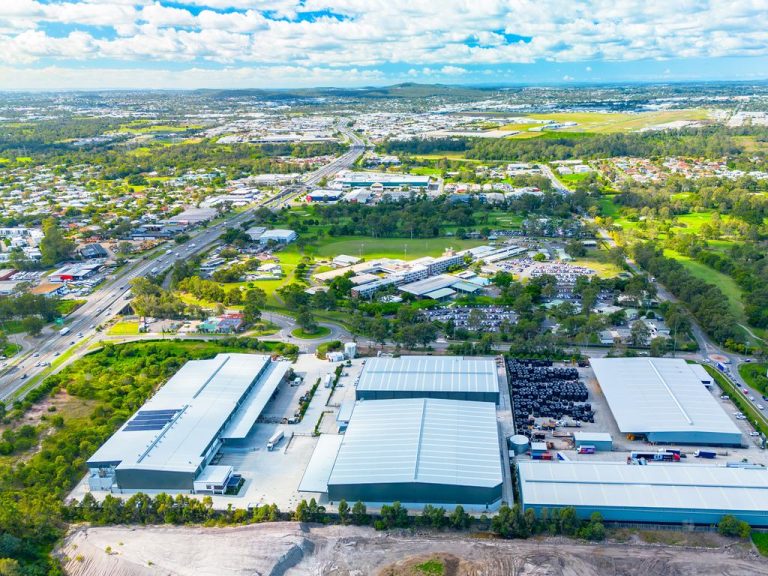Victorian commercial sales reach record $9.4 billion

Victoria was once dubbed “the place to be”, and the slogan is ringing true for commercial property, with sales in the last financial year almost doubling the 10-year average.
Around $9.378 billion worth of commercial property was sold in the year to June, according to Savills research, almost $1 billion more than last year’s record numbers.
Driven by a booming office market and predictions Victoria will become Australia’s most populous city, the result also came close to doubling the state’s 10-year average of $5.5 billion.
Savills Victorian manager of research and consultancy, Monica Mondkar, says the results are without precedent and, remarkably, are at odds with worldwide economic conditions.
Spending spree: Retail investors in $10 billion frenzy
“Property sales figures generally rise and fall in correlation with the fluctuations of economic cycles, as do other asset classes, however over the last five years commercial property investment has accelerated significantly at a time of relatively low global economic growth,” Mondkar says.
“From a $2.4 billion low in June 2012, sales almost doubled to $4.5 billion in 2013, rose another 53% to $6.9 billion in 2014, rose a further 21% to $8.4 billion in 2015, and in 2016 we have added another billion dollars to $9.4 billion, nearly double the 10-year average.”
“That is an unprecedented recovery driven by historically low interest rates and Australia’s safe-haven status. Volatile global financial markets led investors to select core commercial property as a solid investment asset class.”

Blackstone bought a half-share in Melbourne’s Southern Cross office building for $675 million.
Office transactions made up almost half of the total, with $4.379 billion worth of properties sold – a $420 million increase on the 2014/15 financial year. Foreign investors accounted for 51% of all offices sold.
Industrial deals reached $1.873 billion, up on the five-year average of $1.23 billion, while the state recorded $2.766 billion in retail property sales – a more than $500 million jump on last year.
Foreign investors figured prominently, securing 38% of the properties sold, with local private investors trailing behind with 21%.
Topping the list of significant deals was Blackstone’s $675 million purchase from Brookfield of a 50% stake in the Southern Cross SX1 and SX2 towers in the CBD in December last year.
Newmark Capital swooped late in the financial year to buy South Yarra’s Como Centre office complex and retail hub from the Mirvac Group for $236 million, while LaSalle Investment got the ball rolling last July by securing an office tower at 222 Exhibition St from AMP Capital for $231 million.
Savills state director, CBD and Metropolitan Sales, Clinton Baxter says Australia’s comparatively high yields are luring increasing levels of offshore capital.

Mirvac sold South Yarra’s Como Centre for more than $200 million.
“Whilst our investment yields have firmed to record low levels across all asset classes, to global investors our yields still appear very attractive relative to comparable assets in cities such as Singapore, Hong Kong, Kuala Lumpur, Taipei, Dubai and most major US cities,” he says.
Baxter points to Melbourne’s liveability as the backbone of the boom.
“Of Australia’s two major cities, Melbourne has more affordable housing, which has been critical to population growth and arguably a more stable employment market and easier public and private transport access,” he says.
“There is no doubt that Melbourne has been very attractive to property investors. It is safe and secure on all economic, political and social fronts and offers excellent returns, but underlying that attraction is Melbourne’s widely acknowledged superior livability status, which is driving strong population and economic growth and forecasts that it will become the nation’s demographic centre by 2050 or before.”







